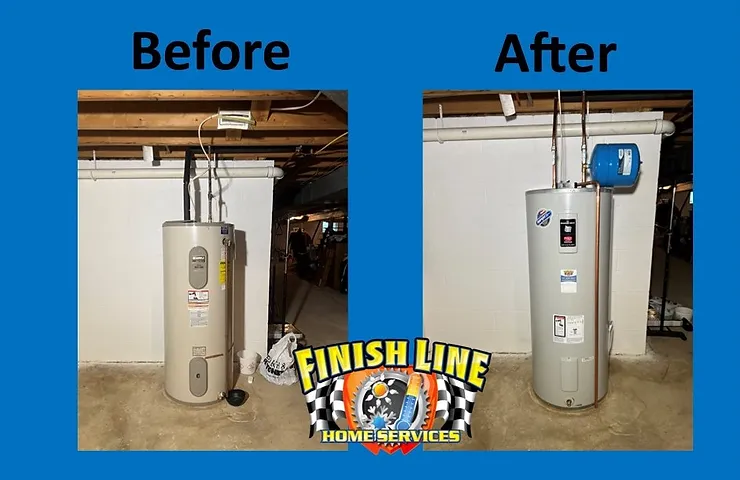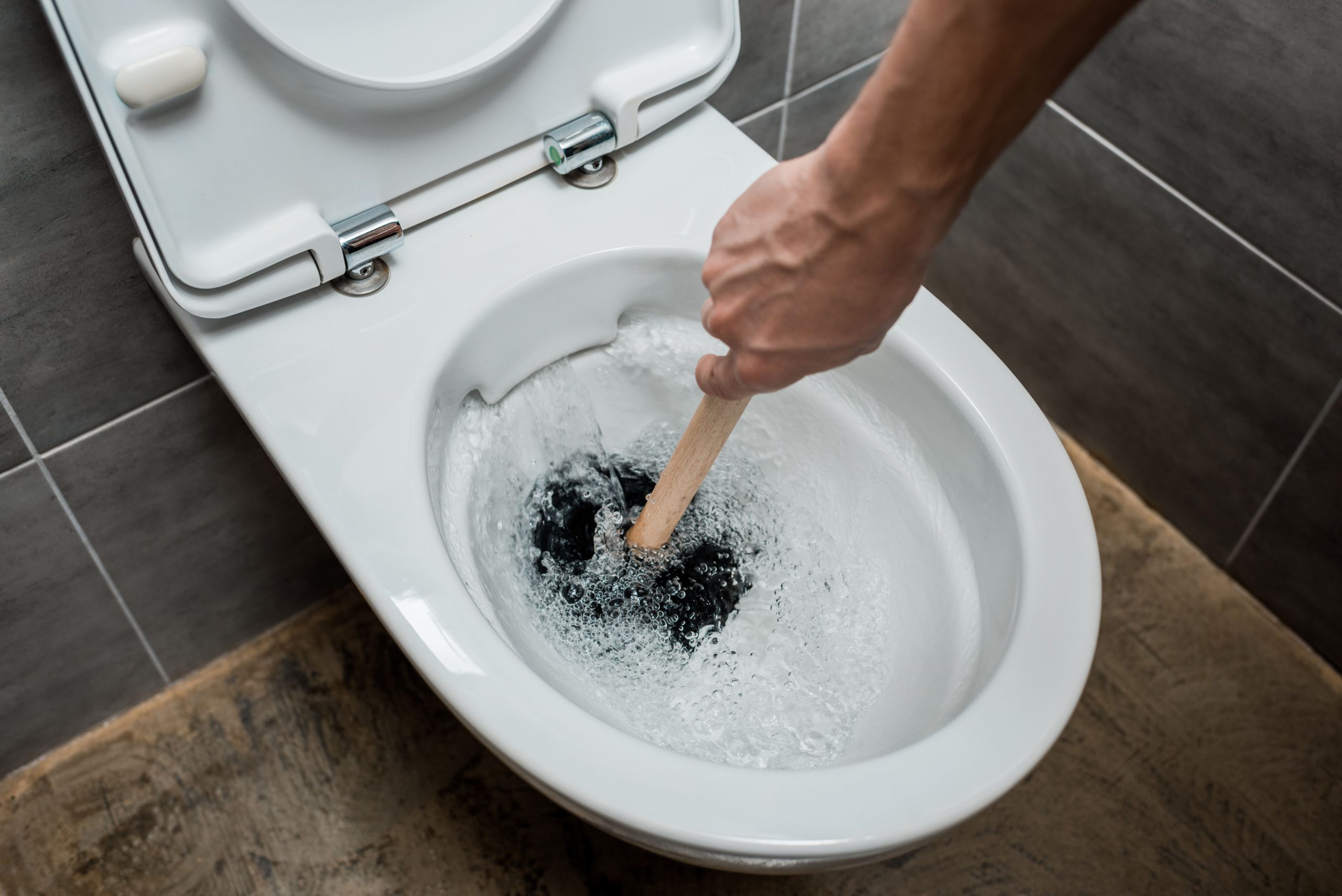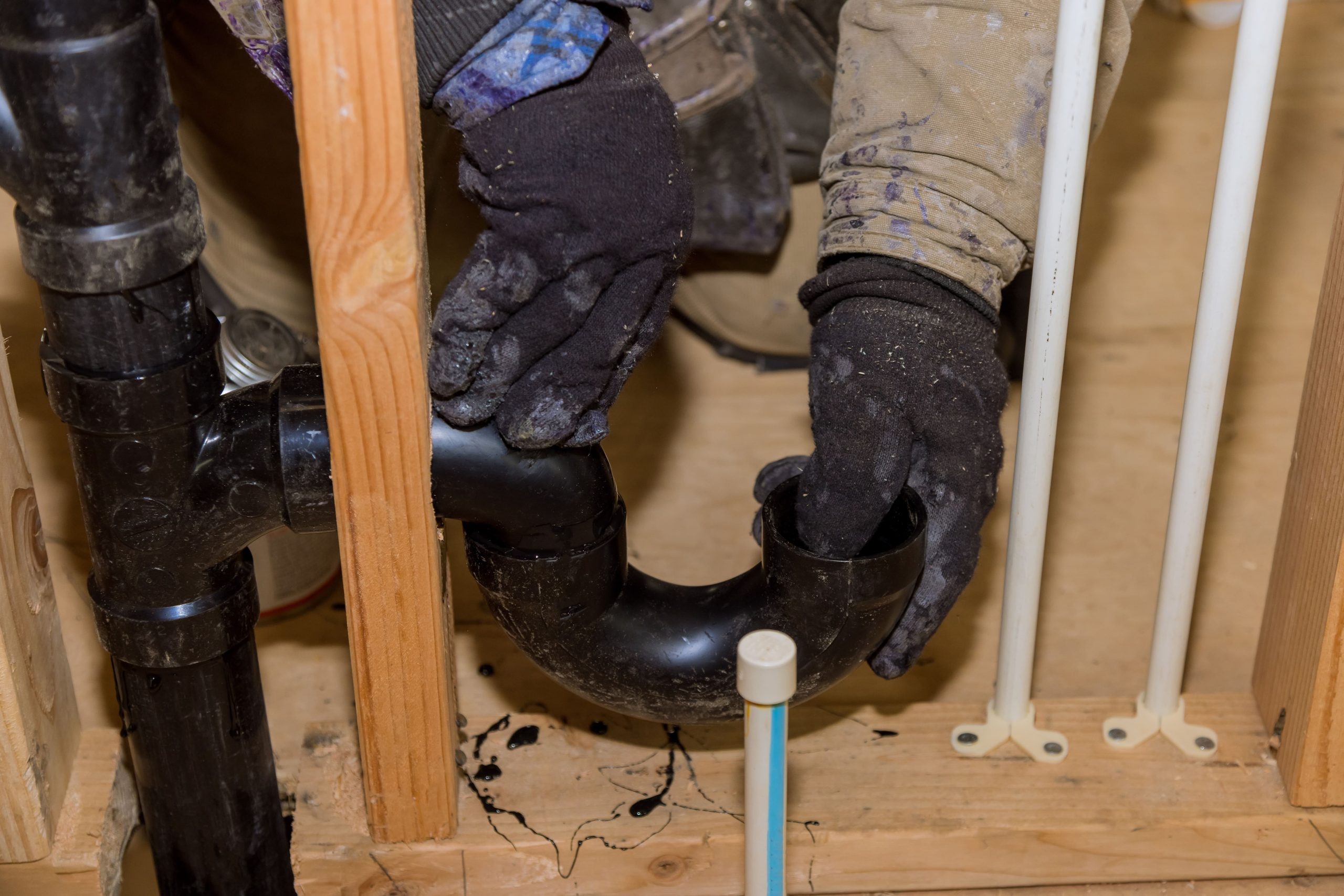A water heater is essential for modern living, providing convenience for everyday tasks like bathing and cooking. However, like any appliance, water heaters have a lifespan. In this post, we’ll explore five signs that indicate it may be time to replace your water heater. Then, we’ll look into three ways to maximize your water heater’s lifespan and performance.
Signs It’s Time to Replace Your Water Heater:
- Age: Water heaters typically have a lifespan of around 8 to 12 years, depending on factors like maintenance and usage and local water quality. Water heaters become less energy-efficient and more prone to leaks and malfunctions as they age.
- Discolored Water: If you notice discolored water when you turn on the hot water, it could be a sign that your water heater’s interior tank is corroding. Rust buildup can lead to leaks. If this issue persists after flushing the tank, it’s a strong indicator that replacement is necessary.
- Inconsistent Heating: Are you experiencing fluctuating water temperatures or lukewarm showers? Over time, sediment buildup can create a “blanket” between the heating element and the water, resulting in inefficient heating and poor performance.
- Strange Noises: Unusual noises coming from your water heater, such as popping, banging, or rumbling, might signal the accumulation of sediment at the bottom of the tank. This buildup can reduce heating efficiency, causing your water heater to work harder and wear out faster.
- Frequent Repairs: If you find yourself calling a plumber for water heater repairs more often than not, it could be more cost-effective to replace the unit altogether. Frequent repairs drain your wallet and indicate that the water heater’s components are deteriorating beyond repair.
Ways to Extend Your Water Heater’s Lifespan:
- Regular Maintenance: Routine maintenance can significantly prolong your water heater’s life. Flushing the tank annually to remove sediment and checking for leaks or corrosion can prevent premature wear and tear. Consider hiring a professional to conduct a thorough inspection at least once every two years.
- Adjust the Temperature: Lowering the thermostat temperature to around 120°F prevents scalding and reduces the strain on your water heater.
- Install a Water Softener: If you live in an area with hard water, consider installing a water softener. Hard water contains high levels of minerals that can accelerate sediment buildup and corrosion within your water heater. A water softener will reduce the mineral content, reducing strain on the unit and extending its lifespan.
Conclusion:
Your water heater plays an important role in your daily life, and recognizing the signs that it’s time for a replacement is crucial to avoiding potential disaster. If you would like the peace of mind on the condition of your water heater, feel free to contact us for a free water heater estimate and evaluation.



